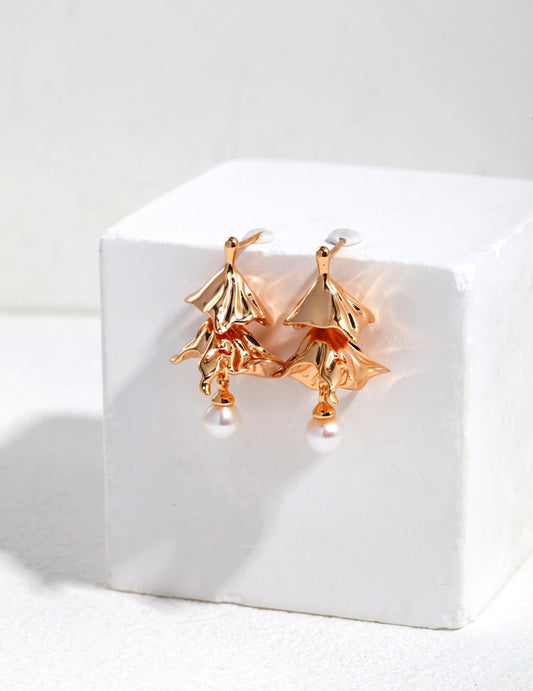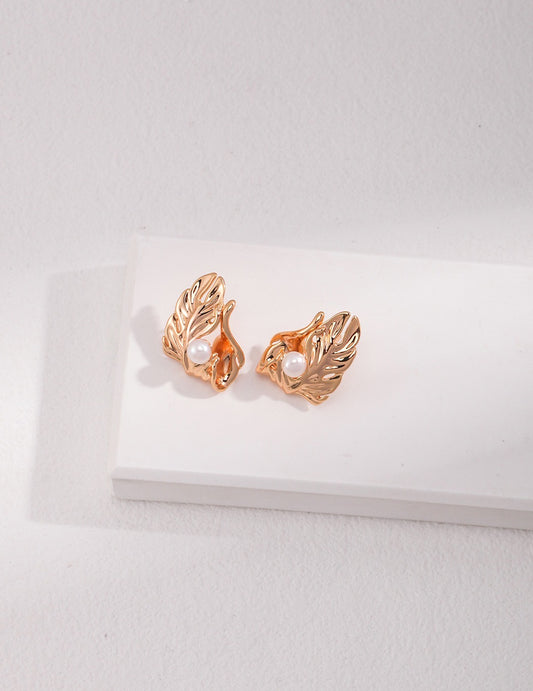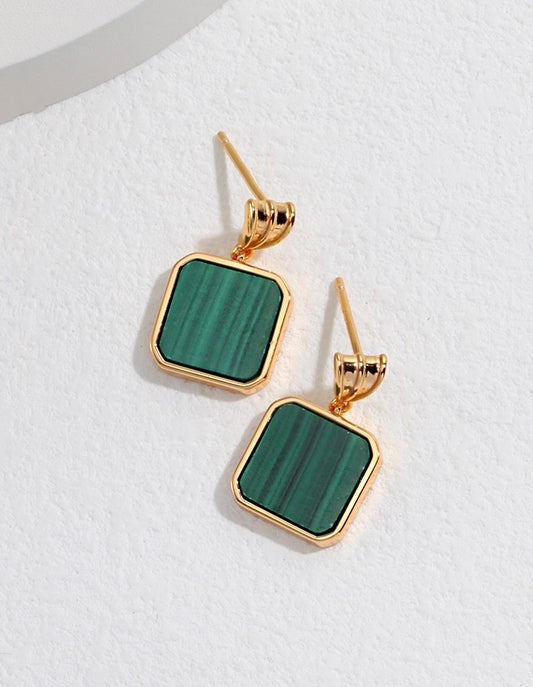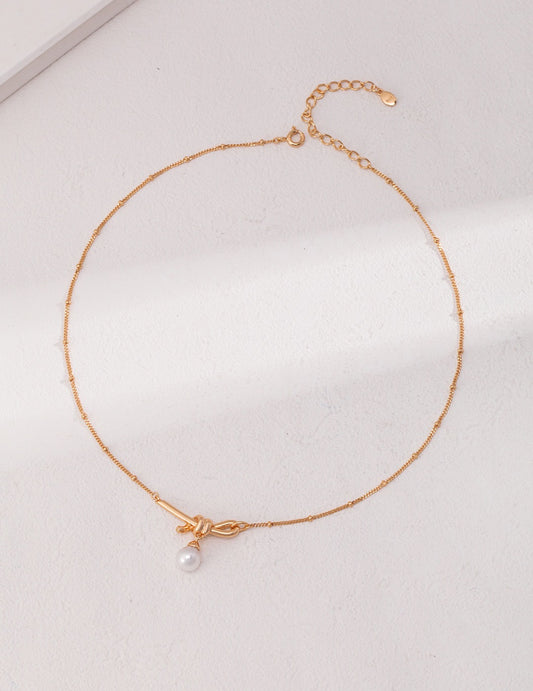Nickel jewelry is a popular choice due to its affordability and durability. However, for many people, wearing nickel jewelry can lead to uncomfortable and sometimes painful skin reactions. In this blog post, we’ll explore why nickel jewelry may hurt us and what alternatives you can consider to avoid these issues.
Understanding Nickel Allergies
1. Common Allergen
Nickel is one of the most common causes of allergic contact dermatitis. According to studies, up to 17% of women and 3% of men are affected by nickel allergies. This sensitivity means that even small amounts of nickel can trigger an allergic reaction.
2. Symptoms of Nickel Allergy
When someone with a nickel allergy wears jewelry containing this metal, their immune system mistakenly identifies it as a harmful substance. This leads to an allergic reaction, characterized by:
- Itching
- Redness
- Rash
- Dry patches
- Swelling
These symptoms usually occur at the site of contact, such as earlobes, neck, or wrists, and can range from mild to severe.
Skin Irritation from Nickel
1. Prolonged Contact
Wearing nickel jewelry for long periods, especially in hot or humid conditions or during activities that cause sweating, can exacerbate skin irritation. The constant friction and moisture can intensify the release of nickel ions, leading to increased irritation and discomfort.
2. Sensitivity Development
Even if you don’t have a diagnosed nickel allergy, prolonged exposure to nickel can sometimes lead to sensitization. This means that over time, your skin may start reacting to nickel, causing new allergies to develop.
Chemical Reactions with Nickel
Reaction with Sweat and Skin Oils
Nickel reacts with the natural oils and sweat produced by our skin. This reaction can cause the metal to corrode and release more nickel ions, which penetrate the skin and trigger allergic reactions. The more you sweat, the higher the likelihood of these reactions.
Preventive Measures
1. Choose Nickel-Free Jewelry
One of the best ways to avoid nickel-related skin issues is to choose jewelry made from hypoallergenic materials. Some safe alternatives include:
- Sterling silver
- Gold (at least 14k)
- Platinum
- Titanium
- Surgical stainless steel
These materials are less likely to cause allergic reactions and are generally safer for sensitive skin. Estincele provides high-quality 18k gold-plated sterling silver pearl jewelry, ensuring our lovely customers enjoy luxury yet affordable designs.
2. Use Protective Coatings
If you have nickel jewelry that you love and don’t want to part with, consider applying a clear protective coating, such as clear nail polish, to create a barrier between the metal and your skin. This can help reduce the risk of allergic reactions. Reapply the coating regularly to maintain its effectiveness.
3. Test Your Jewelry
There are nickel test kits available that allow you to check whether your jewelry contains nickel. Using these kits can help you identify and avoid problematic pieces.
Conclusion
Nickel jewelry may be stylish and affordable, but it can cause significant discomfort for those with nickel allergies or sensitivities. Understanding the risks associated with nickel jewelry and opting for hypoallergenic alternatives can help you enjoy your accessories without the irritation and pain. Always prioritize your skin’s health and comfort by making informed choices about the jewelry you wear.
By taking these precautions, you can enjoy beautiful, irritation-free jewelry that complements your style and protects your well-being.






